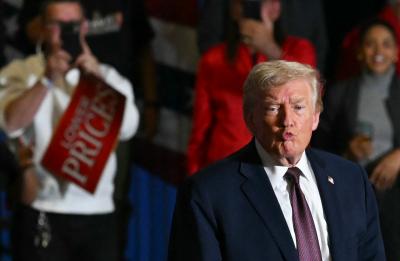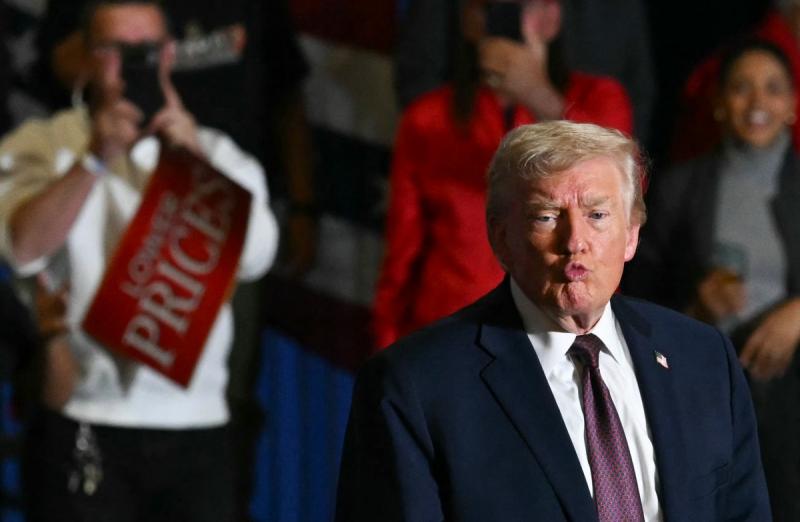The move to broaden the BRICS horizon stems from China's ambition to expand its global political clout, especially amidst heightened competition with the US. Meanwhile, Russia, isolated by the West since the onset of the Ukraine war in 2022
In a significant turn at the recent BRICS summit held in South Africa, the coalition announced plans to phase out the US dollar in its bilateral trade and welcomed new prominent members, including major Arab nations Egypt, Saudi Arabia, UAE, as well as Iran, Ethiopia, and Argentina.
The Strategic Play of Beijing and Moscow
Fourteen years since its inception in 2009, the BRICS group, boasting Russia, China, India, Brazil, and South Africa as members, now accounts for 42% of the world population and 18% of global trade. Carving its niche as a counterweight to Western economic and political forums like G7, World Bank, and the IMF, its influence was solidified by the New Development Bank's establishment, funded by a substantial $50 billion.
The move to broaden the BRICS horizon stems from China's ambition to expand its global political clout, especially amidst heightened competition with the US. Meanwhile, Russia, isolated by the West since the onset of the Ukraine war in 2022, is keen on forging new alliances. This led President Xi Jinping to champion the group's expansion by endorsing six new members, including three Arab nations.
Significantly, five out of the six new entrants are from the Middle East. Furthermore, the oil producers among them - Iran, UAE, and Saudi Arabia - together with Egypt and Ethiopia, strengthen BRICS' reach in strategic regions, revealing China's intent to harness the Middle East's potential as a global trade hub and to venture deeper into Africa.
Unveiling Cairo and Addis Ababa’s BRICS Ambitions
Egypt, historically aligned with the US since President Anouar el-Sadate's westward turn in 1974, has recently nurtured its diplomatic ties with Moscow and Beijing, spurred mainly by an economic crisis. As the West remained largely indifferent, Cairo saw an opportunity in the BRICS alliance, attracted by lucrative trade agreements, a chance to diversify its economic relations, and enjoy strategic freedom.
Ethiopia, on the other hand, reeling from the impacts of the Tigré region's conflict, views BRICS membership as a lifeline to rejuvenate its economy, reduce reliance on US trade benefits, and amass investments for Tigré's reconstruction, a venture worth nearly $20 billion.
Decoding the BRICS Ambitions of Abu Dhabi, Riyadh, and Tehran
Amidst the Middle East's complex geopolitics, the UAE, under Sheikh Mohammed ben Zayed Al Nahyane, seeks diversified international alliances. Keen on attracting investments from both the West and Eurasia, Dubai's stature as a hub for Russian capital and global gold and oil transactions has surged, especially post-Western sanctions on Moscow.
While the UAE's BRICS aspirations might promise security against perceived Iranian threats, Saudi Arabia, grappling with critiques of its Vision 2030 economic plan, sees BRICS membership as a chance to balance its Western ties and leverage relationships with economic giants like China and India.
Lastly, for Iran, burdened by Western sanctions, joining BRICS could be a game-changer. Already aligning closely with Russia on defense and China on the economic front, the BRICS invitation might be the relief Tehran needs from economic stagnation and soaring inflation.
Concluding Thoughts
For China and Russia, the potential inclusion of UAE, Saudi Arabia, and Iran in BRICS could be a significant step in crafting an alternative global relationship web, independent of Western dominance. This move might well hasten the dawn of a multipolar world order, empowering non-Western nations to champion their distinct interests.
Please post your comments on:
[email protected]
 Politics
Politics















